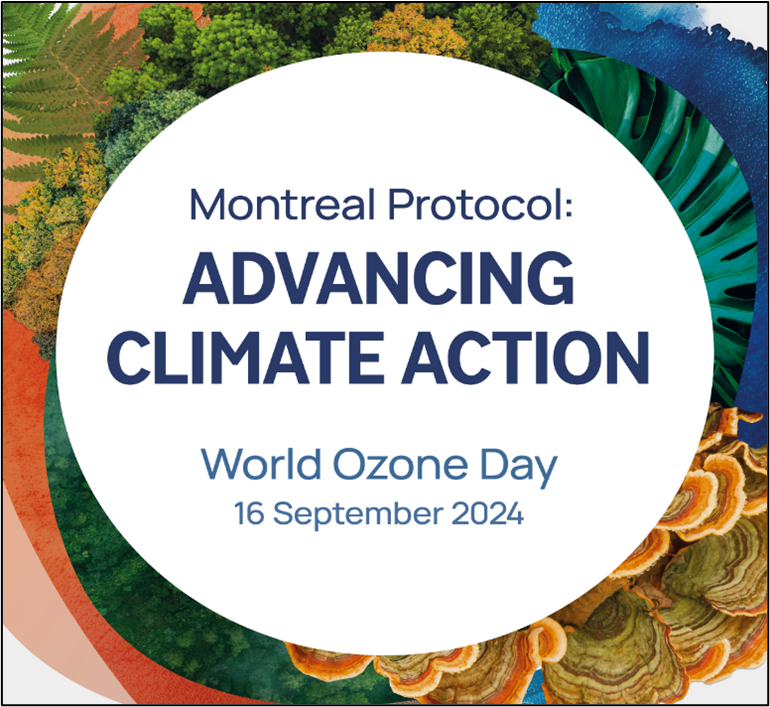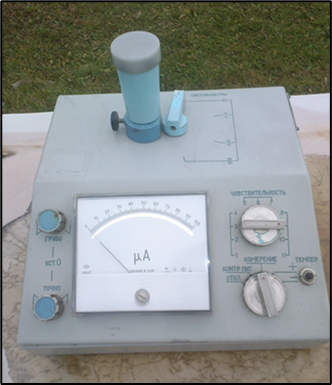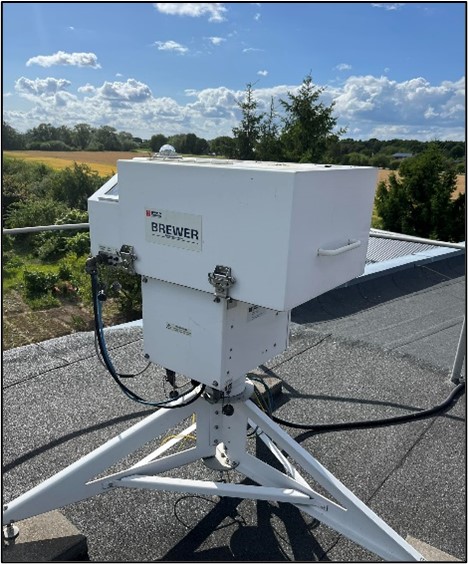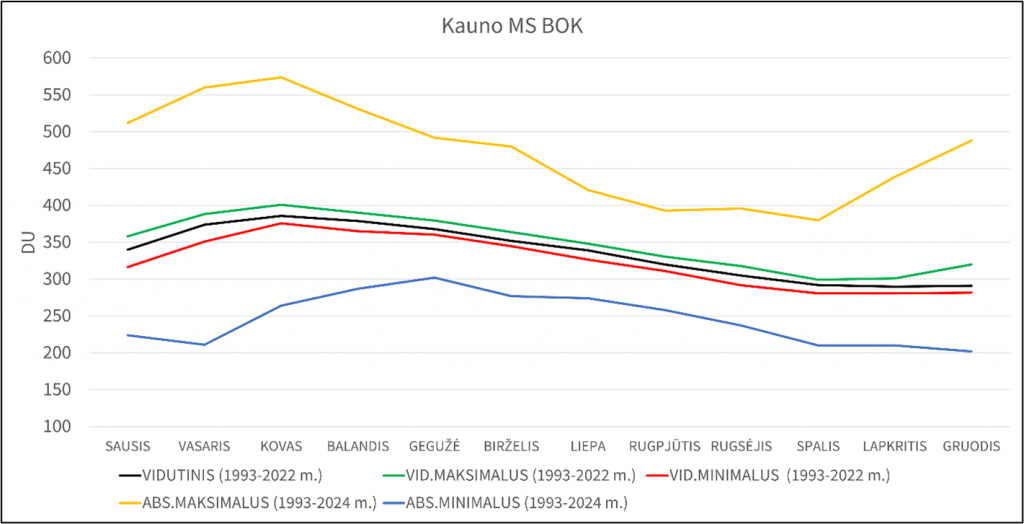2024-09-16 | International Day for the Protection of the Ozone Layer
16 September is International Day for the Protection of the Ozone Layer, to highlight the importance of the ozone layer for life on our planet. It is a good opportunity to take stock of progress and to remind us of the continuing need for action to protect this vital layer of the atmosphere.
This year’s slogan for the International Day for the Protection of the Ozone Layer is “Montreal Protocol: Advancing Climate Action” (Figure 1). The theme reflects the essential role of the Montreal Protocol not only in protecting the ozone layer, but also in advancing broader climate action initiatives worldwide. The success of this agreement inspires hope that other environmental solutions can also be achieved in a united way.

Figure 1 2024 slogan (https://ozone.unep.org/ozone-day/montreal-protocol-advancing-climate-action)
Ozone in the stratosphere acts as a natural shield, protecting the Earth from the sun’s harmful ultraviolet rays. This layer is essential not only for human health but also for the balance of ecosystems. Over the last few decades, thanks to the implementation of the Montreal Protocol and international efforts, significant progress has been made in reducing the use of ozone-depleting substances. However, challenges remain and international cooperation and the continued introduction of advanced scientific and technological solutions are essential.
The ozone layer over Lithuania has been continuously monitored since 1993 at the Kaunas Meteorological Station (MS). Until 2018, the observations were carried out manually using a filter ozonometer (M-124) (Fig. 2), and since 2018, ozone has been measured using an automatic spectrophotometer (Brewer MK III) (Fig. 3).

Figure 2 Kaunas MS used filter ozonometer (M-124)

Figure 3 Automatic spectrophotometer (Brewer MK III) used in Kaunas MS
The data available from these instruments allow monitoring and analysis of the total ozone change (TOC) over Lithuania. Therefore, based on the available data, we present a brief overview of the GC O2 in Kaunas MS. The graph shows a pronounced seasonal variation of the TOC (Figure 4). The main causes of BOK variations over Lithuania are horizontal and vertical dynamical processes in the atmosphere, latitude and seasons.

Figure 4. Ozone in Kaunas MS
The average TOC is highest in spring and summer, peaking in March (386 DU*).In summer (June-July), the TOC gradually decreases, with the lowest values observed in autumn (October-November) and winter (December).BOK peaks are most often recorded in spring, especially in March (574 DU, 03/03/2018), while lows are recorded in December (202 DU, 21/12/2007).This is because ozone (formed here or brought in from other latitudes) accumulates during the winter because it is less destructible due to the lower altitude of the Sun, and is more destructible during the summer when the altitude of the Sun is higher and the radiation is more intense.
World Ozone Day is an important reminder of our responsibility and our shared commitment to the health and sustainability of the planet.Only by working together can we ensure that the ozone layer continues to play its important role in protecting our tomorrow and our future.
Read more about ozone here.
You can read more about how each of us can do our part to protect the ozone layer here.
*1 DU – 1/1000 cm ozone layer under normal conditions – Dobson unit.
Prepared by Gintarė Giliūtė, Chief Specialist, Meteorological and Aviation Observations Division, LHMT